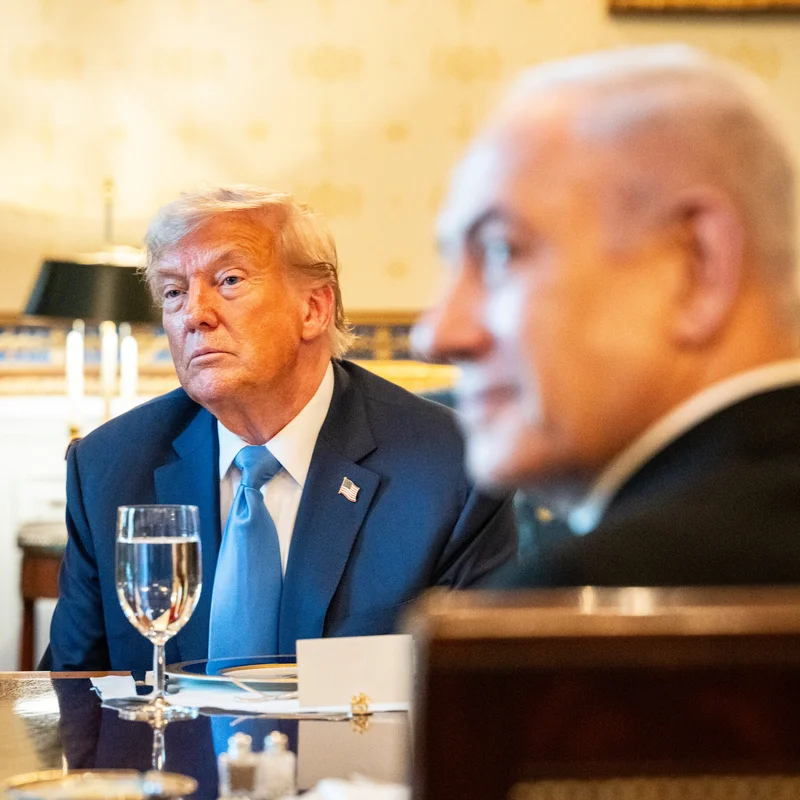President Donald Trump announced on September 26, 2025, that he believes “we have a deal” to end the war in Gaza—a bold claim that has raised hopes and skepticism in equal measure. While the White House offered few details, sources close to the negotiations say the proposed framework hinges on Israel halting military operations in exchange for Hamas releasing remaining hostages and agreeing to a phased disarmament. Yet experts warn that the plan faces significant political, logistical, and diplomatic obstacles—chief among them, Israeli Prime Minister Benjamin Netanyahu’s resistance to any deal that weakens Israel’s security posture .
What’s in Trump’s Alleged Gaza Deal?
According to senior administration officials, the tentative agreement includes:
- Immediate ceasefire in Gaza for 60 days
- Release of all remaining hostages held by Hamas (estimated 37 individuals)
- Phased withdrawal of Israeli forces from populated areas
- Humanitarian corridor expansion to allow full aid access
- Qatari and Egyptian oversight of reconstruction and security guarantees
Crucially, the plan reportedly avoids any immediate discussion of a Palestinian state—a concession to both Netanyahu and Trump’s domestic base.
💡 Key Insight: Unlike Biden’s 2024 efforts, Trump’s approach relies on backchannel talks with Gulf monarchies and avoids direct engagement with Palestinian Authority leaders.
Why Netanyahu Is the Wild Card
Despite Trump’s confidence, Israeli officials have expressed deep reservations. In his U.N. speech the same day, Netanyahu declared that a Palestinian state would be “national suicide” and insisted Israel must retain “indefinite security control” over Gaza . His coalition includes far-right parties that oppose any ceasefire that doesn’t result in Hamas’s total destruction.
Netanyahu’s Political Constraints
| Faction | Position on Ceasefire | Influence in Coalition |
|---|---|---|
| Likud (Netanyahu’s party) | Conditional support | High—but fragile |
| Otzma Yehudit (Far-right) | Rejects any deal with Hamas | Critical for majority |
| Religious Zionism | Demands full reoccupation of Gaza | Kingmaker status |
International Reactions: Cautious Optimism
- Egypt & Qatar: Support the framework but insist on Palestinian Authority involvement in postwar governance.
- European Union: Welcomed the initiative but called for “clear timelines and accountability mechanisms.”
- United Nations: Secretary-General António Guterres urged all parties to “seize this window for peace.”
- Hamas: Has not publicly confirmed or denied the deal; internal divisions reported.
Obstacles to Implementation
⚠️ Flowchart: Why the Gaza Deal May Stall
- Trump announces “deal” with minimal details
- Netanyahu’s cabinet demands major revisions
- Hamas factions debate hostage release terms
- U.S. Congress hesitates to fund reconstruction
- Public pressure mounts after U.N. reports on Gaza casualties
- Deal collapses or enters indefinite limbo
What’s at Stake for Trump?
A successful Gaza ceasefire would be a major foreign policy win for Trump, bolstering his 2026 midterm narrative and contrasting with Biden’s perceived inaction. But failure could:
- Undermine U.S. credibility in the Middle East
- Alienate key Arab allies
- Fuel accusations of empty diplomacy
As one former U.S. diplomat put it: “Trump loves the photo op—but peace requires patience, not just pronouncements.”
For more on U.S. policy in the Middle East, see our analysis: [INTERNAL_LINK:trump-middle-east-foreign-policy].
For verified updates on the Gaza conflict and humanitarian response, visit the United Nations Office for the Coordination of Humanitarian Affairs.
Sources
- https://www.nytimes.com/2025/09/26/us/politics/trump-gaza-deal.html
- https://www.nytimes.com/2025/09/26/world/middleeast/netanyahu-speech-united-nations.html
- https://www.unocha.org/occupied-palestinian-territory
- https://www.crisisgroup.org/middle-east-north-africa/east-mediterranean/gaza-war




